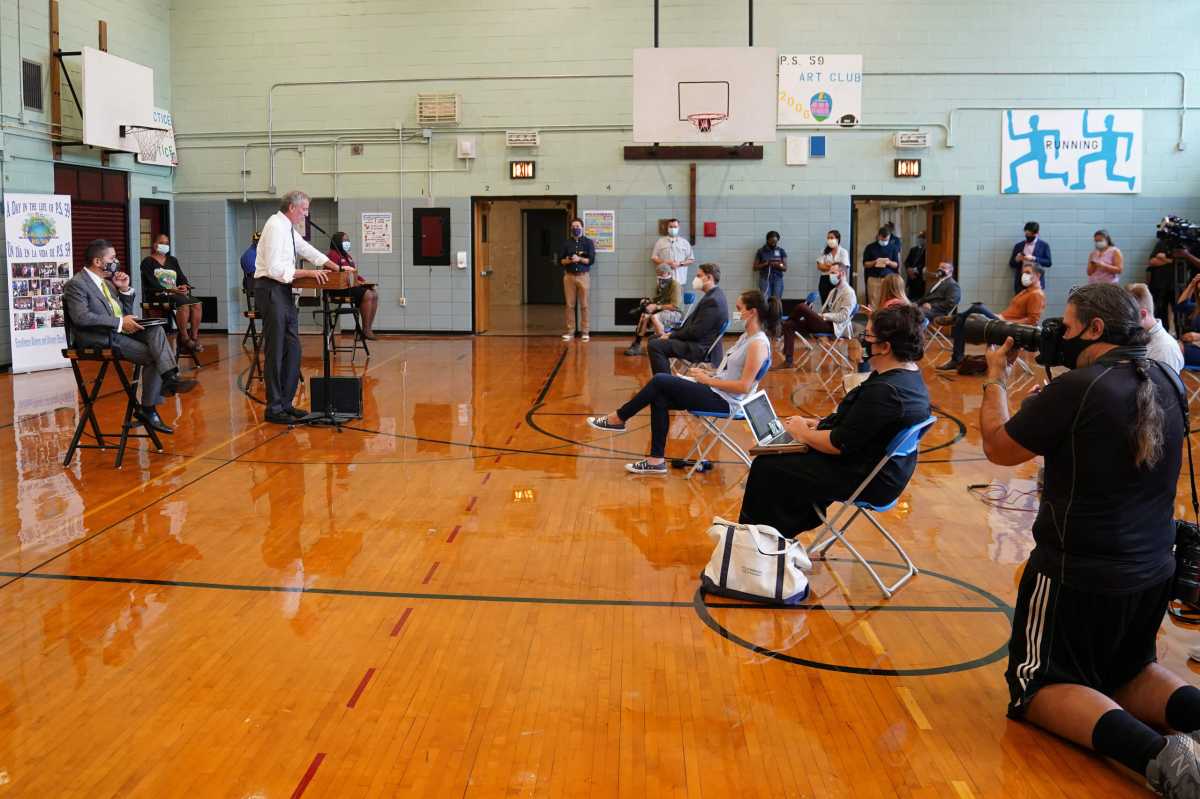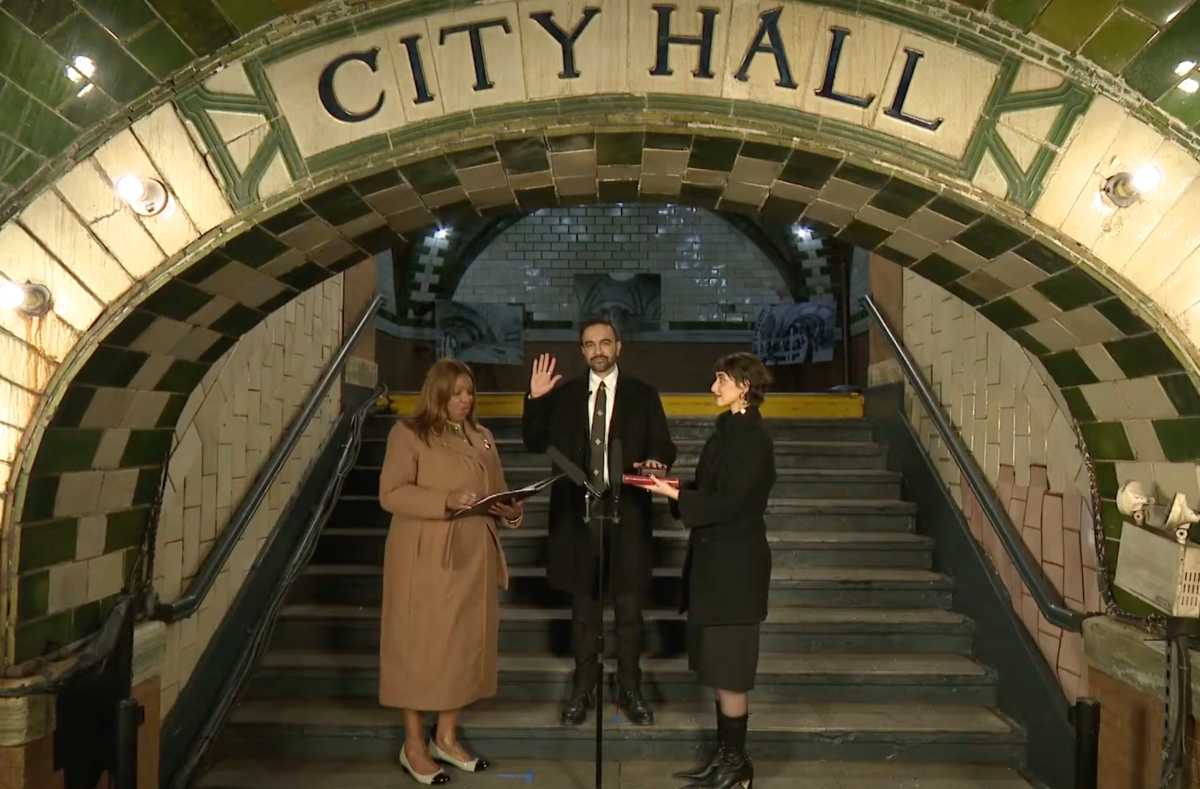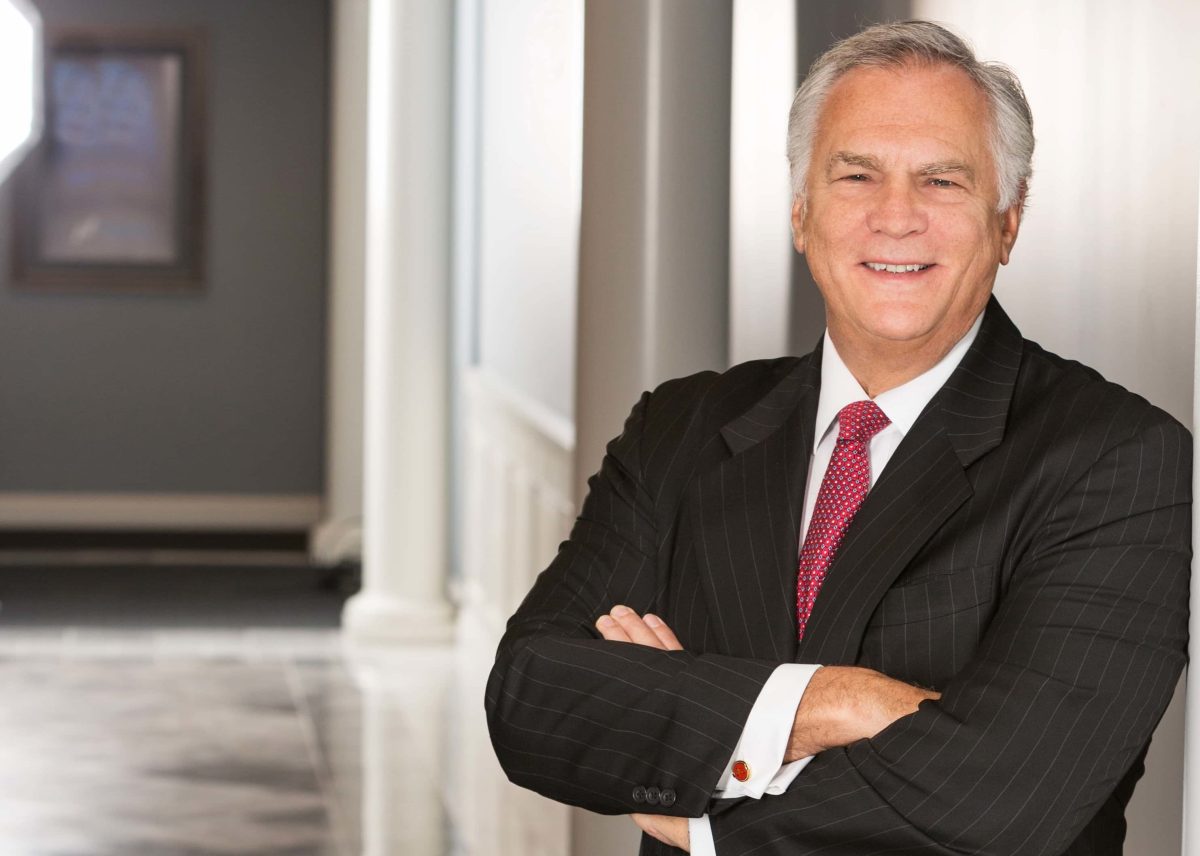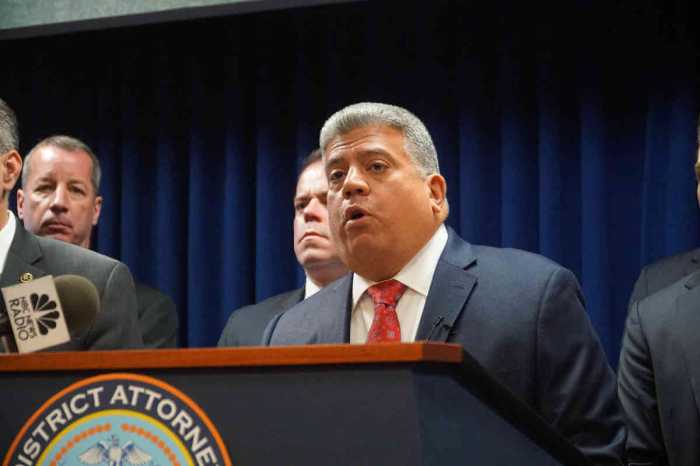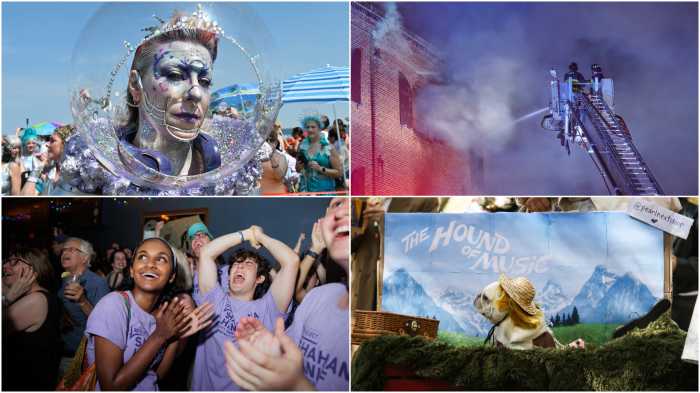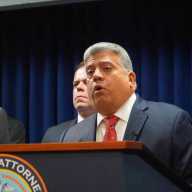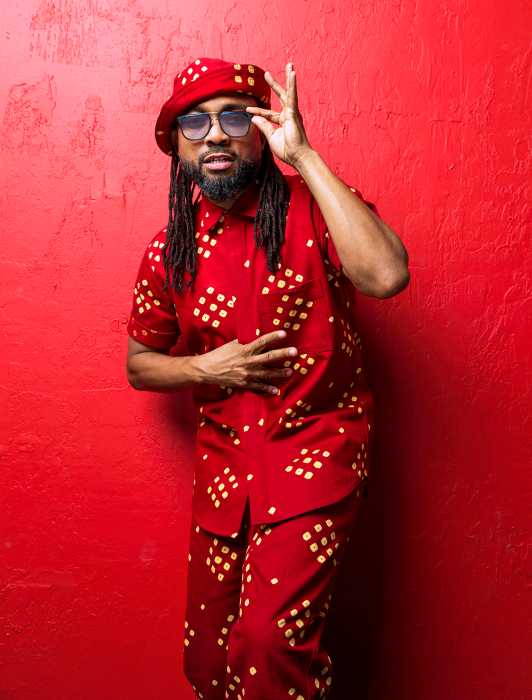As the city and the New York City Department of Education scramble to put a plan in place for the 2020-2021 school year, we can’t lose sight of the importance of equity. We need to be mindful of what is happening to each segment of our diverse communities because equity isn’t found at the average or sum total of what is being experienced.
In 2013, Bill de Blasio ran a mayoral campaign that centered on the theme of a “tale of two cities” and an understanding that growing inequality, reflected in racial and economic disparities, was the most pressing issue in our city. A successful first step towards reducing such disparities for the de Blasio administration was ensuring that ALL 4-year-olds would be guaranteed a spot in a prekindergarten class through the Universal PreK program.
The de Blasio administration, including New York City Department of Education Chancellor Richard Carranza, has expanded on this goal by committing to the Equity and Excellence for All agenda. The mission of which is “to provide every single child, in every classroom, in every New York City public school, with a rigorous, inspiring, and nurturing learning experience.” This is intended to be “true regardless of family income, race, nationality, disability, language spoken at home, sexual orientation, or gender identification.”
Initiatives that fall under the Equity and Excellence for All agenda include the previously mentioned Universal Pre-K, along with 3-K for All, Computer Science for All, Algebra for All, AP for All, and College Access for All.
As it stands now, the reopening plan includes: promises to invest in the technology needed for quality online learning; working with teachers to develop their online teaching skills; updating curriculum at the city level to reflect the new models of education; ensuring that there will be a nurse in every school building (which requires hiring 400 nurses over these next few weeks). The city also promised to provide hand sanitizer and personal protective equipment. Principals will be able to call a special hotline for supply needs, apparently.
The mayor and chancellor remain adamant in adhering to their policy that as long as the infection rate remains under 3 percent citywide, school buildings will reopen. In an e-mail from Chancellor Carranza to all DOE employees on August 21st, he once again promised that if the citywide numbers were to go over that threshold, then the city would move back into a fully remote model. For many community members, including parents and teachers, this policy is inadequate and deemed inequitable.
If 3 percent is the threshold, how could it be okay for anyone to go back into a school building in a community with an infection rate over that percentage? When you have communities like East Elmhurst above that infection rate being forced to go back into their school buildings as a result of the average infection rate of the city being brought down because places like Greenwich Village have a minuscule infection rate, it becomes evident that this policy hurts people in communities primarily made up of those who have already suffered the most during the COVID-19 crisis.
Ideally, equity and excellence go hand in hand, but it would be a mistake to abandon equity in the name of excellence. The Mayor’s argument seems to be that “excellence” suffered during the remote learning that took place last spring and that holding classes in school buildings is more effective. Everyone — teachers, parents, and children alike — agree that all things being equal, our pre-COVID, in-person teaching is a more effective way to educate students. Some of the benefits of being together in a classroom that used to exist included: promoting collaborative learning, improving social skills, keeping students engaged, and allowing for teachers to modify their teaching style in the moment. Unfortunately, the schools that children return to will look and feel much different than the ones they left.
Before teachers can address content and work toward “excellence”, they must build connections, and figure out how to work cohesively with other educators. Doing this is particularly challenging as the floor moves beneath their feet everytime the city changes what is expected of them, while providing little to no guidance on how to meet those expectations. (Even more alarming, is the little guidance, about one page worth in the plan submitted to the state, for educating the 250,000 students that receive special education services in the New York City public education system.) In addition, time will be needed to address the trauma children have experienced and meet the social-emotional needs of students. This all has to happen before any educator can get to a place where they are addressing academics.
Even if teachers could meet the impossible expectations that are being put upon them, the mayor’s plan has overlooked, or outright ignored, so many factors that there’s no way it could be considered equitable.
Many of the parents that are sending their children into school buildings are doing so out of necessity. These parents are primarily people of color and immigrants. According to a survey from Make the Road New York, 92 percent of immigrant households reported experiencing job loss or reduction in income during the pandemic. So it is understandable that many parents need their children to have a place to go while they work. However, even if you aren’t reliant on the city for childcare, the safety of every child in the New York City public education system should be the concern of all families, regardless of the model of learning your family has selected. This is an issue of equity, and anyone who claims to care about ridding the city of systemic and institutional racism should be outraged by how the proposed reopening plans will deepen racial disparities.
And New Yorkers are outraged. People across the city are speaking out to show their lack of support for the mayor’s plan to reopen school buildings on September 21st. There have been several marches, including one in front of Chancellor Carranza’s home, protesting the current plan with hopes of influencing the mayor and chancellor to delay reopening until school buildings are truly safe for everyone. Principals have made it clear that they do not believe buildings will be ready for the first day of school, with several districts including District 15 and District 13 issuing public letters indicating what it would take to reopen safely, and how the current plan falls short. Elected officials at all levels of government have disavowed the mayor’s plans as well. Unions that are not always in agreement, like the United Federation of Teachers (UFT) and the Council of School Administrators (CSA), are on the same page in their opposition to the plan as well.
Teachers and other school staff have also come together to have their voices heard by the mayor. The P.S. 169 Equity Team, of which I am a member, shared an open letter to the mayor, chancellor, and governor on August 19th, demanding that school buildings remain closed across the city, and that all students learn remotely, until every community is under the 3 percent infection rate threshold. The letter dismissed the idea of having some schools open and others remain closed because it’s clear which will open, schools in affluent neighborhoods with predominantly white students, and which will have to remain closed due to high infection rates, schools in areas of lower socioeconomic status, more people of color and immigrants. This would create further inequities, the letter argued and many agree.
The letter has already received over 600 signatures of support, many of those being elected officials, including Councilmember Carlos Menchaca, Assemblymember Jo Anne Simon, Senator-Elect Jabari Brisport, Assemblymember Elect Marcela Mitaynes, District Leader elect Jesse Pierce and New York City Public Advocate Jumaane Williams. The mayor can say that this will be the “safest school year ever,” but you’d be hard pressed to find a New Yorker that agrees.
On Aug. 25, the mayor and chancellor announced that schools could apply for outdoor learning, which would allow schools to use streets and other open spaces like public parks to hold classes. “We are doing everything in our power to bring our kids back to school safely,” said Mayor Bill de Blasio when announcing the initiative. However, all the details on how to transition to an outdoor learning model would once again fall on the schools. Schools are even required to provide barriers and staffing to close any street. The UFT and CSA both critiqued the initiative with CSA President Mark Cannizzaro firing back that “once again, the city and [education department] have made decisions, rolled out guidance and announced a deadline far too late and haphazardly for school leaders to develop and implement a thoughtful and well-constructed plan.”
While the mayor and chancellor have claimed that a significant reason they are implementing this initiative is to help “schools in areas hardest-hit by COVID-19 with no outdoor space,” and that those schools would be given priority, you do have to question how equitable this initiative really is. Schools with PTA budgets large enough to support purchasing the supplies needed for effective outdoor learning are not the schools that were hit hardest.
Those “hit hardest” schools cannot afford the resources they would need. They also can’t afford to have their principals take precious time away from trying to figure out how to meet the monumental task of safely implementing distance learning in their buildings, to now start from scratch on planning the many logistical details that would be necessary to implement outdoor learning as well.
Until the idea of “equity and excellence for all” includes health and safety FOR ALL within a truly equitable plan for the upcoming school year, Mayor de Blasio and Chancellor Carranza can’t claim to care about every student in our city.


